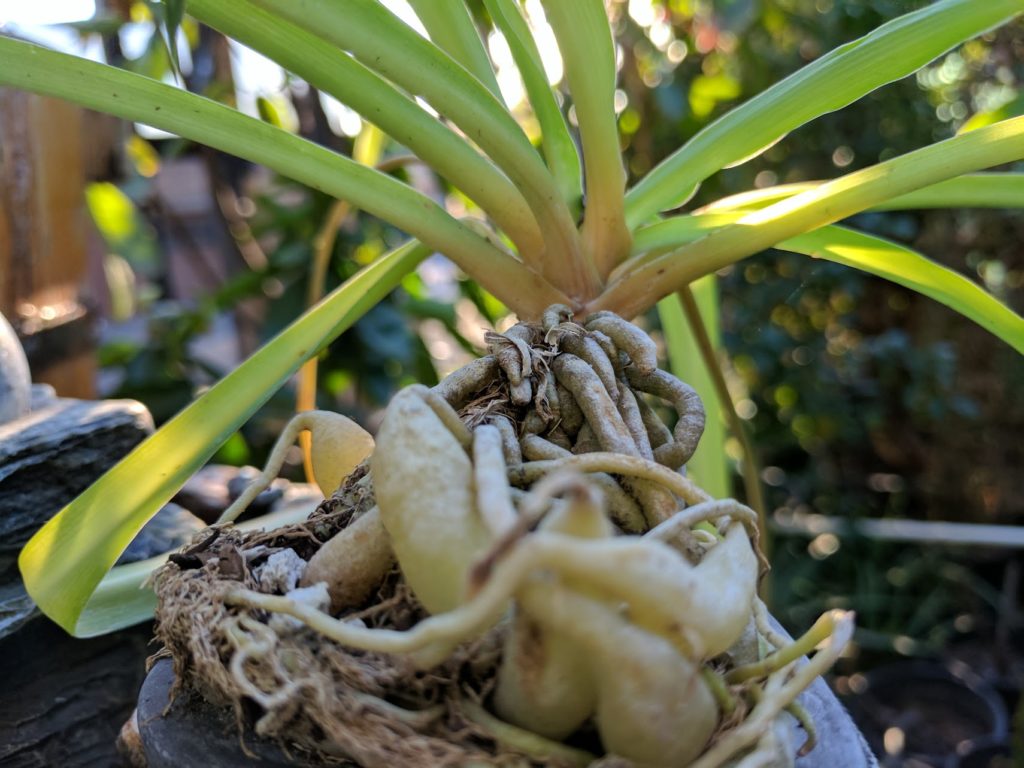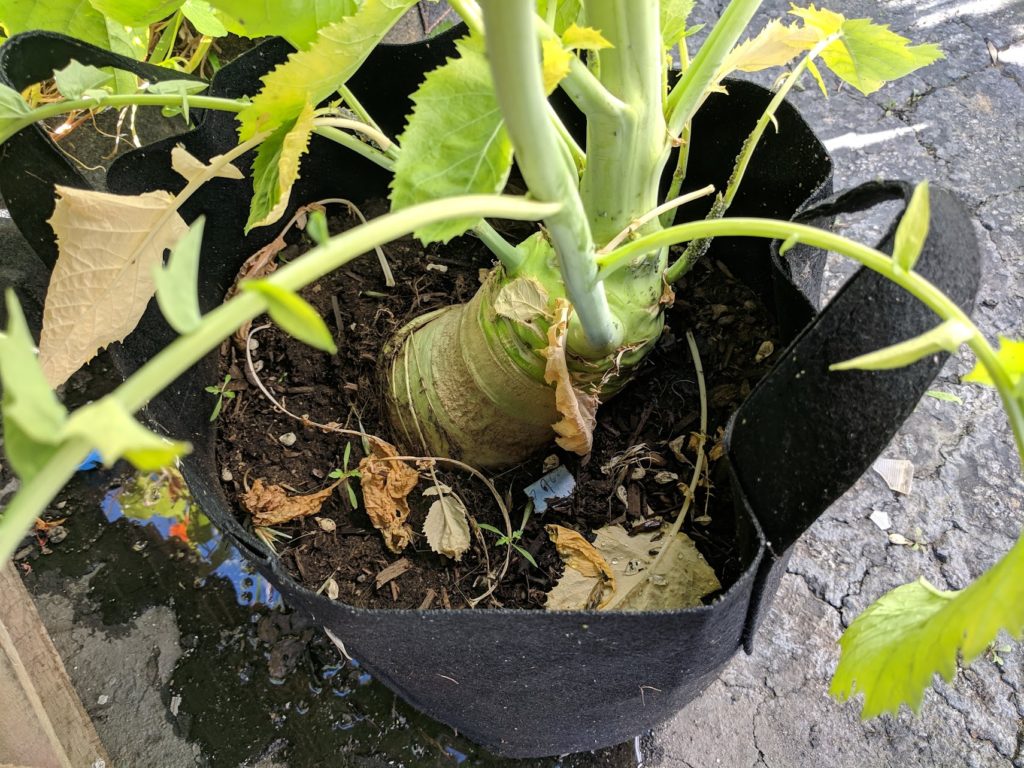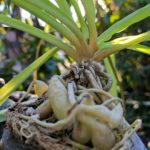Introduction
In recent years, gardening enthusiasts and horticulturists have embraced innovative techniques that foster healthier and more robust plant growth. One such method that has gained popularity is air pruning. Unlike traditional potting methods that can lead to root circling and inefficient nutrient uptake, air pruning provides plants with a more conducive environment for root development. In this blog, we will delve into the significance of air pruning, explore its benefits, and understand how grow bags facilitate this process. Scientific sources will be cited to support the claims made throughout the article.

What is Air Pruning?
Air pruning is a horticultural technique that encourages the formation of a dense and fibrous root system. The process prevents root circling, which often occurs when plants are grown in conventional pots or containers. Root circling can lead to tangled and compacted root masses, limiting the plant's ability to access essential nutrients and water, ultimately stunting its growth.

How Air Pruning Works
When a plant's root reaches the edge of a container or pot, it comes into contact with the air outside. This exposure triggers a natural response known as air pruning. The root tip, sensing the air, stops elongating and begins to branch into multiple lateral roots. These new roots do not grow in a circular pattern but instead develop a more fibrous network that spreads throughout the growing medium.

Benefits of Air Pruning
- Enhanced Nutrient and Water Uptake: Air-pruned roots have a greater surface area, allowing plants to absorb nutrients and water more efficiently. The fibrous root system acts like a sponge, promoting optimal nutrient uptake and reducing the risk of waterlogged roots.
- Improved Oxygenation: The air-pruned root system improves oxygenation as it increases the number of air channels in the growing medium. This enhanced aeration prevents root suffocation and promotes aerobic microbial activity, which is crucial for nutrient cycling.
- Healthier Root Structure: Unlike root-bound plants, air-pruned roots are less likely to become tangled or bound, resulting in a healthier and more robust root structure. This, in turn, supports better overall plant growth and development.
- Reduced Transplant Shock: Plants that have been air pruned are less prone to transplant shock when moved to a larger container or when transplanted into the ground. The well-developed, dense root system adapts quickly to the new environment, reducing stress on the plant.
- Optimized Plant Growth: The benefits of air pruning ultimately lead to optimized plant growth, increased yields in the case of edible plants, and overall healthier and more vibrant vegetation.
Grow Bags and Air Pruning
Grow bags are a popular alternative to traditional pots for gardening. These bags are made from breathable fabric, such as geotextile or non-woven polypropylene. The porous nature of the material allows air to penetrate the container, facilitating the air pruning process. The following points highlight how grow bags enable air pruning:

- Breathable Material: The key to air pruning in grow bags lies in their breathable material. The fabric walls of the grow bags allow air to enter the container, leading to air pruning when the roots reach the edge.
- Root Response: When the plant's roots reach the sides of the grow bag, they sense the presence of air through the fabric. Consequently, the roots stop growing further in that direction and begin branching out laterally, promoting the development of a dense and fibrous root system.
- Preventing Root Circling: Unlike traditional pots, where the roots can hit the hard wall and start circling around it, grow bags prevent this phenomenon. Air pruning ensures that the root growth remains natural, leading to healthier and more vigorous plants.
Scientific Sources
- University of California, Davis - Division of Agriculture and Natural Resources: "Air Pruning of Roots for Plant Production" by B. R. Strik and N. V. Hue.
- North Carolina State University - Department of Horticultural Science: "Root Pruning Container Production Systems for Woody Ornamental Crops" by J. R. Schultheis, D. A. Niemiera, and R. D. Wright.
- Agriculture and Agri-Food Canada: "Container Growth and Root Pruning" by R. C. Morrow.
- Oregon State University Extension Service: "Air Pruning Containerized Nursery Crops" by H. M. Mathers.
- University of Florida - IFAS Extension: "Root Pruning and Growth Control" by T. H. Yeager and P. R. Fisher.
Conclusion
Air pruning is a valuable technique that offers numerous benefits for plant growth and development. By encouraging the formation of a fibrous root system, air pruning enhances nutrient uptake, improves oxygenation, and reduces transplant shock. Grow bags, with their breathable fabric walls, facilitate air pruning and provide an effective alternative to traditional pots. As more gardeners and farmers adopt air pruning methods, we can expect to witness healthier and more productive plants, contributing to sustainable and efficient agricultural practices.

